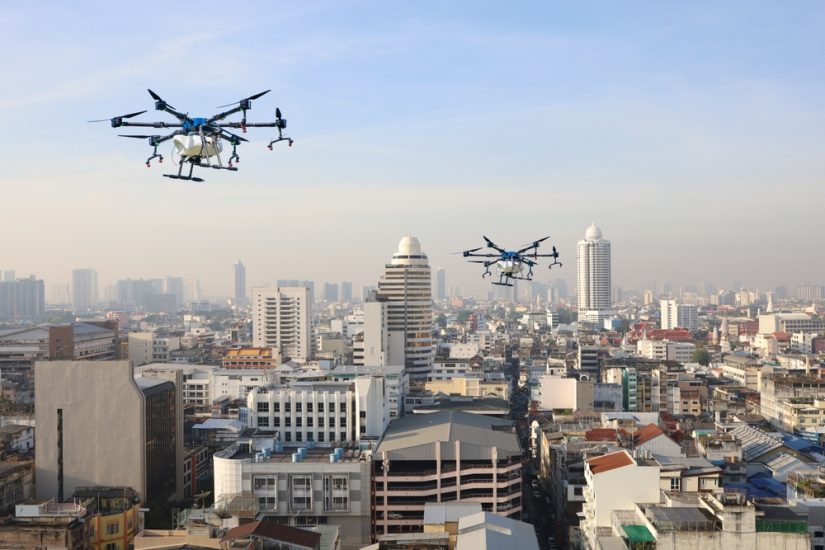The Mid-Atlantic Aviation Partnership (MAAP) at Virginia Tech has released a new report on the operationalisation of uncrewed traffic management (UTM) services in the United States.
The report covers the need for UTM and the steps taken to deploy services in the national airspace system (NAS), the approach taken to industry governance and data sharing agreements, implementation of strategic conflict detection and aggregated conformance monitoring services and the Near-Term Approvals Process (NTAP) for the initial cohort. “The methodologies and lessons learned from this initial UTM implementation offer valuable insights for global adoption,” MAAP says.
In 2023, the US Federal Aviation Administration (FAA) UAS safety risk management policy (8040.6A) was updated to include uncrewed aircraft (UA) to UA collision risk. The overall goal of this initiative was to mitigate the UA-to-UA collision risk where overlapping commercial drone operations were emerging, specifically in the North Texas area. The MAAP report summarises the successful, nationally scalable, and globally applicable implementation of UTM, emphasising strategic coordination among beyond visual line of sight (BVLOS) UAS operators in the initial deployment area of North Texas. “This project achieved operationalisation of UTM in the United States in a timely manner while maintaining high safety standards and in the process, setting a precedent for future UTM implementations globally,” the report states.
Initially five companies were onboarded using the newly developed industry governance structure and data sharing agreements and to date this has grown to 12+ in less than a year. The initial US UTM implementation was a collaborative effort involving multiple stakeholders, including UAS operators, service providers, the FAA and the National Aeronautics and Space Administration (NASA). A key component of the initiative was determining and establishing how the UTM implementation would be governed. The team developed a scalable and adaptable governance agreement modeled from the Global UTM Association (GUTMA) USS Data Sharing and Governance Agreement Template, that is now public and able to support nationwide operations.
“The project successfully implemented strategic conflict detection and aggregated operational intent conformance monitoring services conforming to ASTM F3548-21 Standard Specification for UTM UAS Service Supplier (USS) Interoperability,” the report continues. “Additionally, different sections of the ASTM F3548-21 standard address different requirements needed and set by the regulator, therefore particular pieces of the standard will be identified and leveraged to support a method of compliance.”
MAAP points out that the UTM implemented during this initiative is a fully operational capability and can support complex, commercial, BVLOS UAS operations moving forward. Working closely with the FAA utilising the NTAP, four companies – ANRA Technologies, DroneUp, Wing, and Zipline – received FAA letters of acceptance to use UTM for shared airspace. Additional approvals are expected.
The study identified key elements required to implement shared airspace:
- Create and document clear, concise, repeatable frameworks and processes such as service description document, governance framework, and gating criteria.
- Enable strong public-private partnerships.
- Establish a strategy and architecture to facilitate a digital information exchange between other entities as necessary.
- Test, validate, and simulate prior to live operations leveraging test suites and virtual operations.
- Enable an evolving ecosystem for additional UTM features using a data-centric approach.
- Foster innovation and scalability with existing UTM implementation and applicability with a diverse set of operators and locations.
MAAP says the next steps include continuing to support the established UTM governance structure and extend its benefits to other operators, implementing additional UTM capability, and utilising the templates produced and lessons learned from this effort to expand into other geographical areas in the United States, as well as global UTM and U-space constructs. In addition, continuing to identify specific areas for data collection would support safe and efficient airspace usage or determine if any other approaches are needed.
For more information
Mid-Atlantic Aviation Partnership
Image: Shutterstock




